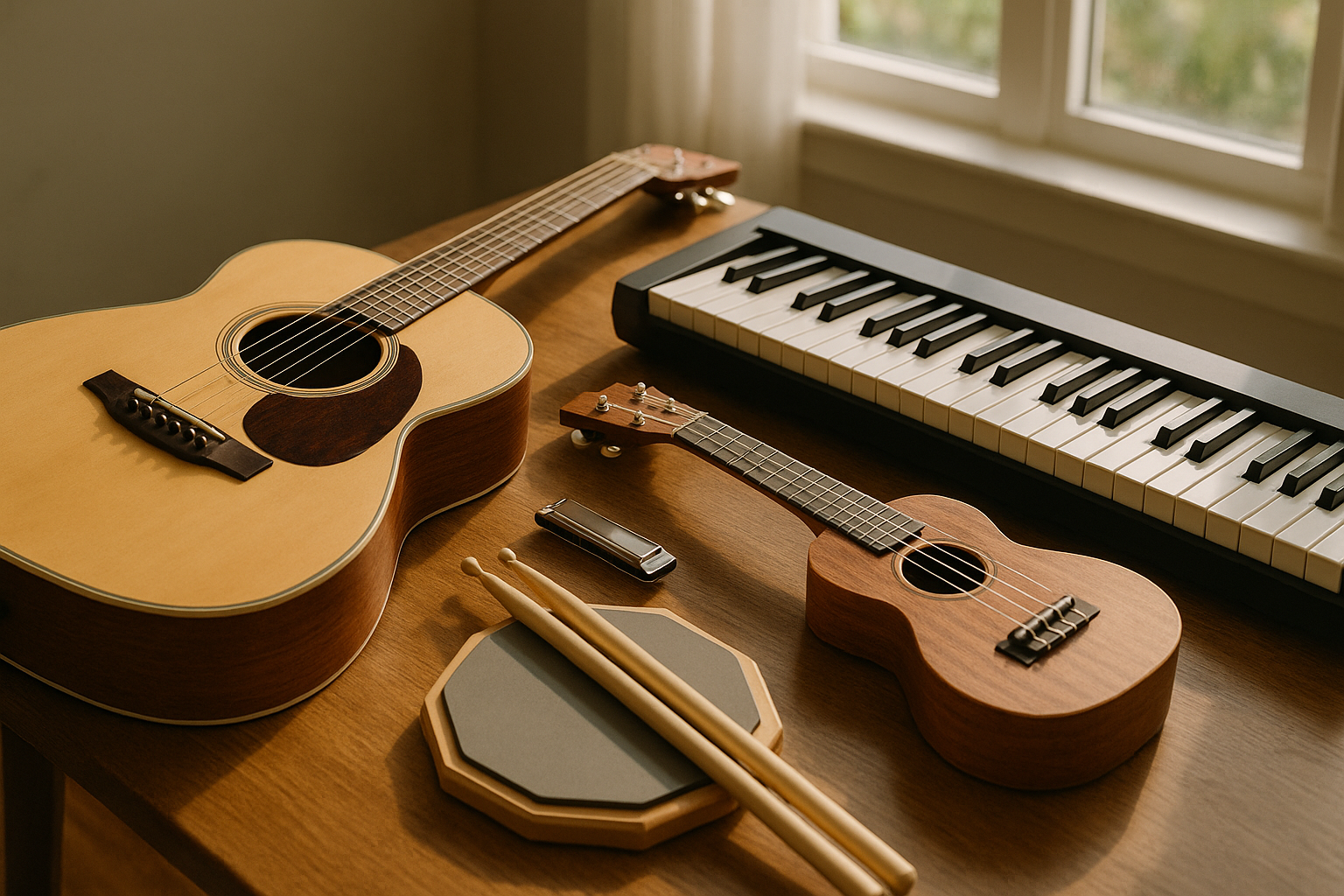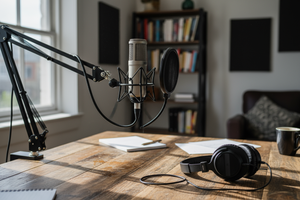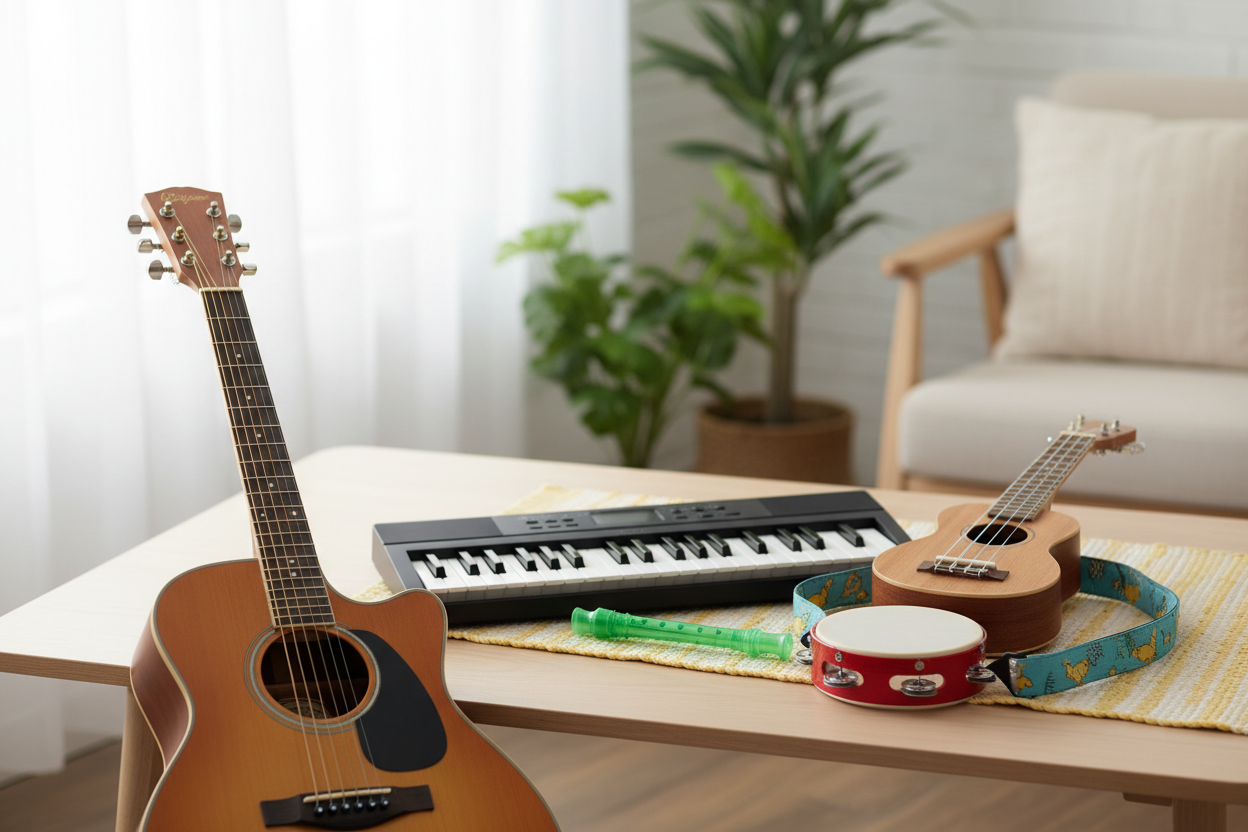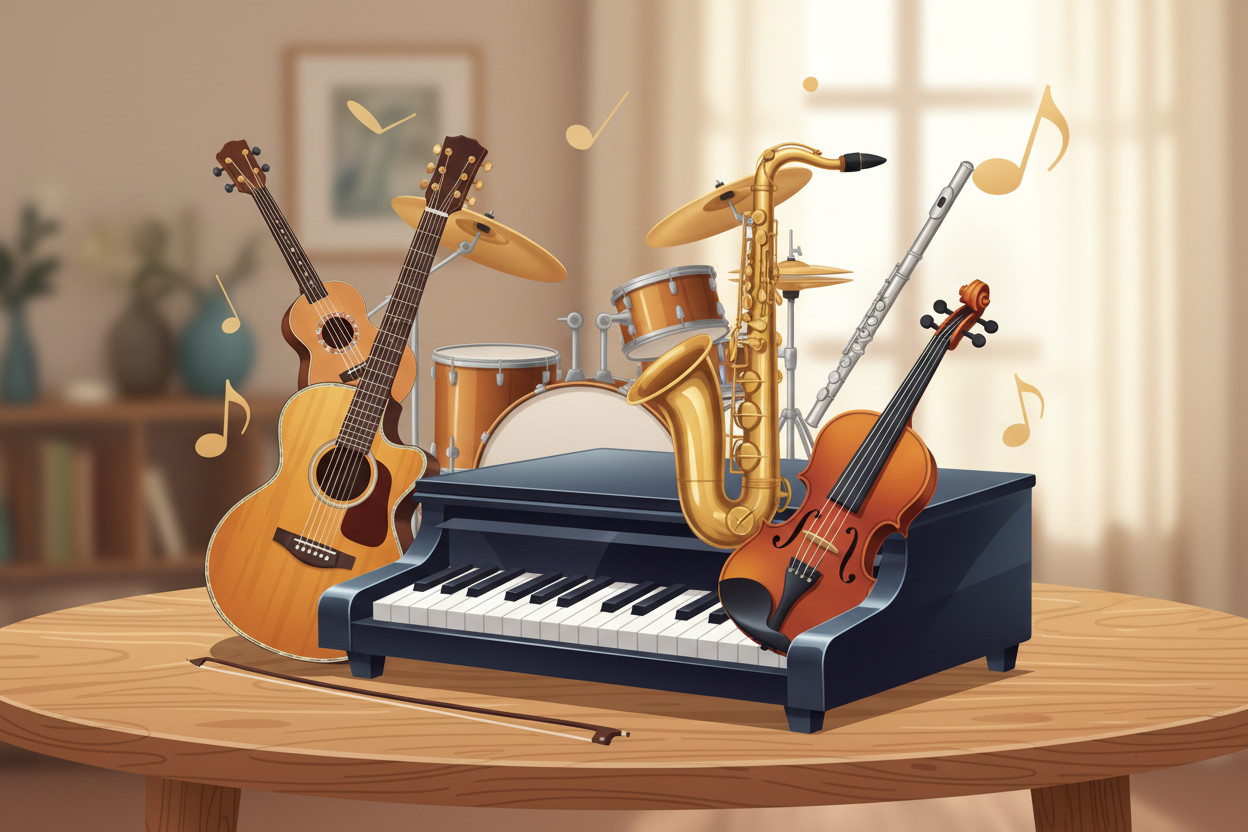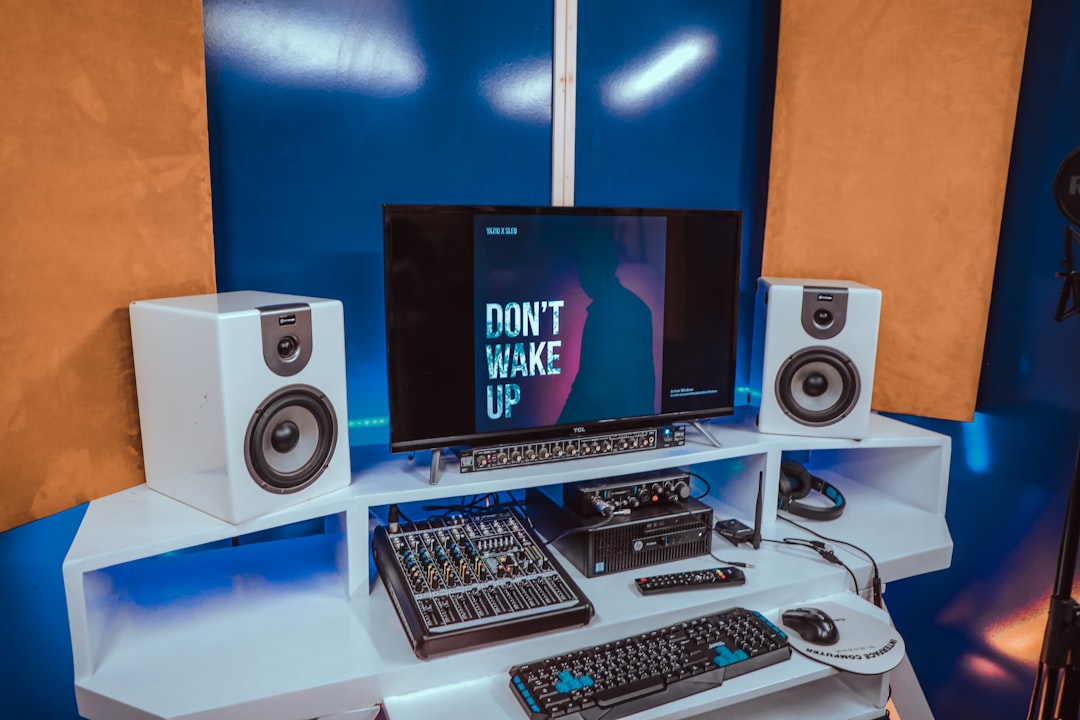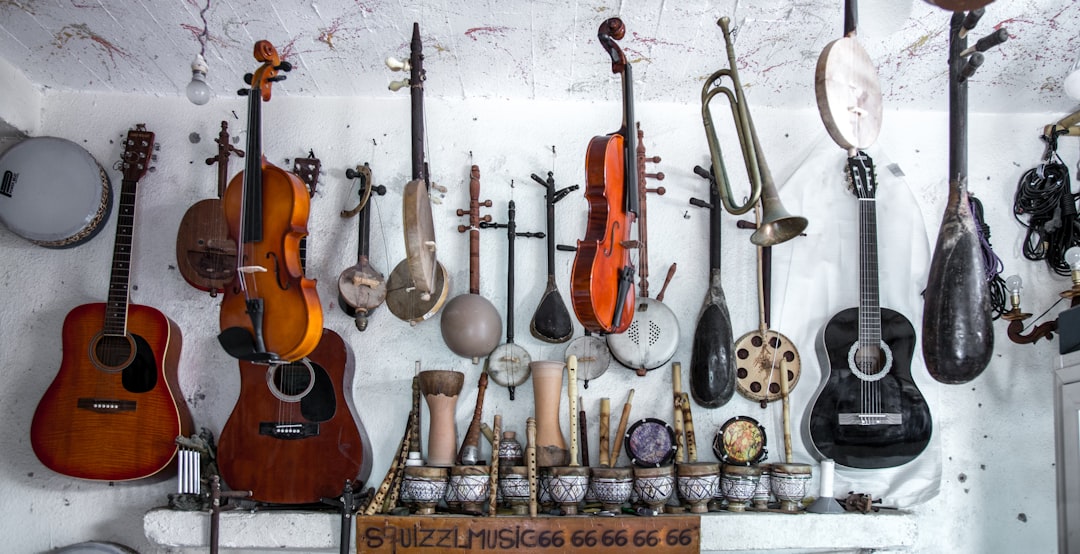Easiest Musical Instruments to Learn in 2025: Your Ultimate Beginner’s Guide
Start your musical journey in 2025 by choosing from the easiest and most beginner-friendly instruments. This guide highlights accessible choices backed by technology, teaching tips, and community support to ensure your success.
Key takeaways
- Ukulele, harmonica, and digital piano rank as the easiest instruments for beginners in 2025.
- Technology like interactive apps and virtual lessons dramatically enhance music learning.
- Select an instrument matching your goals, comfort, and budget for sustained motivation.
- Structured instruction combined with digital support boosts beginner confidence and progress.
- Community and performance opportunities help deepen connection and enjoyment.
Table of Contents
- Introduction: Discover the Easiest Musical Instruments to Learn in 2025
- Why Learning a Musical Instrument Matters
- Top Easiest Musical Instruments to Learn
- How Technology is Changing Music Education in 2025
- Practical Tips for Choosing Your Beginner Instrument
- Structured Learning and Support Systems
- Summary: Best Beginner Instruments and Their Key Features
- Conclusion: Start Your Musical Journey Today
- FAQ
Introduction: Discover the Easiest Musical Instruments to Learn in 2025
Learning a musical instrument can be a fulfilling adventure at any stage of life. In 2025, advancements in technology along with a surge in accessible, beginner-focused instruments make it easier than ever to embark on this creative path. Whether you want a fun hobby, a new skill, or a way to connect with others, this guide reveals the easiest instruments to help you achieve your musical goals.
Why Learning a Musical Instrument Matters
Learning an instrument is much more than playing notes; it nurtures your mind and emotions:
- Cognitive Boost: Regular practice sharpens memory, attention span, and problem-solving skills.
- Emotional Health: Music channels emotions, reduces anxiety, and offers calming or energizing effects.
- Connection & Community: Playing with others builds communication, teamwork, and confidence.
- Therapeutic Benefits: Widely used in music therapy, it supports emotional healing and neurological recovery.
“Whether you seek mental clarity or creative expression, a musical instrument unlocks lifelong benefits.”
Top Easiest Musical Instruments to Learn
1. Ukulele: The Beginner’s Favorite for Ease and Fun
The ukulele stands out as an accessible, cheerful instrument perfect for all ages. Its small size, four nylon strings, and simple chord shapes make it gentle on the hands and quick to learn.
- Why it’s easy: Soft strings and easy chord transitions.
- Price: $50–$100 USD for quality beginner models.
- Learning resources: Numerous online tutorials and apps.
- Ideal for: Kids, casual learners, and seniors.
2. Acoustic Guitar: Versatile and Widely Popular
The acoustic guitar’s rich tone fits many genres and offers flexibility for beginners willing to develop initial finger strength.
- Why it’s easy: Basic chords are straightforward; abundant online lessons.
- Price: $100–$250 USD for reliable starters.
- Tech edge: Interactive tutorials on platforms like YouTube and TikTok.
- Ideal for: Teens and adults into songwriting and performance.
3. Piano and Keyboard: Ideal for Music Theory and Visual Learners
Pianos offer an intuitive, visual layout perfect for grasping music theory and composing. Digital keyboards provide extra convenience with no tuning necessary.
- Why it’s easy: Linear keys that clarify scales and chords.
- Price: $150–$400 USD for digital entry models.
- Learning tools: Interactive apps with instant feedback and gamified lessons.
- Ideal for: Beginners interested in classical, theory, or composing.
4. Harmonica: A Pocket-Sized, Breath-Driven Instrument
Extremely portable and easy to start, the harmonica allows you to make music simply by breathing with minimal finger coordination.
- Why it’s easy: No chords or complex fingerings needed initially.
- Price: $10–$50 USD for beginner models.
- Portability: Fits right in your pocket.
- Ideal for: Casual players who prefer simple expressive instruments.
5. Percussion and Electronic Drums: Rhythm Made Accessible
If you feel rhythm naturally, percussion instruments provide a dynamic way to enter music, focusing on timing and beat rather than notes.
- Why it’s easy: Emphasis on rhythm and coordination over complex theory.
- Price: $20+ for hand percussion; up to $300 for basic electronic kits.
- Tech support: Many e-drum kits come with tutorials and rhythm games.
- Ideal for: Energetic learners and those seeking physical and creative outlets.
How Technology is Changing Music Education in 2025
Modern technology is transforming music learning by blending virtual and traditional methods seamlessly:
- On-demand video lessons: Platforms like YouTube and Coursera let you learn at your own pace.
- Smart instruments: Digital keyboards and e-drums provide instant feedback and track progress.
- Social learning communities: Social media networks help learners share tips and celebrate achievements.
- Hybrid models: Music schools combine in-person and digital lessons for flexibility.
“Digital tools and platforms remove barriers of location and cost, opening music education to all.”
Practical Tips for Choosing Your Beginner Instrument
Consider these factors before selecting your instrument:
- Clarify your goals: Performance, relaxation, composition, or social play?
- Physical fit: Hand size, breath control, and comfort matter greatly.
- Budget and portability: Will you play at home or on the go?
- Learning support: Are tutorials, communities, and instructors available?
- Enjoyment factor: Passion motivates practice and progress.
- Try before you buy: Visit a music store or event to sample instruments if possible.
Structured Learning and Support Systems: Increasing Beginner Success
While self-learning is accessible, structured approaches increase success and motivation:
- Build a theoretical foundation: Understanding rhythm, scales, and pitch creates confidence.
- Qualified instructors: Personalized feedback prevents bad habits and nurtures growth.
- Group classes & jam sessions: Social interaction fosters accountability and enjoyment.
- Combine tech & tradition: Music schools now integrate production and digital tools for richer learning.
Summary: Best Beginner Instruments and Their Key Features
| Instrument | Ease of Learning | Key Strengths | Price Range (USD) | Digital Learning Support |
|---|---|---|---|---|
| Ukulele | Very Easy | Compact, simple chords | $50–$100 | Abundant video tutorials |
| Acoustic Guitar | Easy | Versatile, rich genres | $100–$250 | Extensive online resources |
| Digital Piano | Easy | Visual layout, no tuning | $150–$400 | Interactive lessons & apps |
| Harmonica | Very Easy | Portable, breath-based | $10–$50 | Guided video instruction |
| Percussion / E-Drums | Easy | Beat-focused, physical | $20–$300 | Game-like practice modules |
Conclusion: Start Your Musical Journey Today
Whether it’s strumming a ukulele, picking out guitar chords, playing melodies on piano, or feeling rhythm on drums, 2025 makes it easier than ever to begin playing music. Accessible instruments, innovative learning platforms, and supportive communities combine to empower beginners worldwide.
Remember, the best instrument is the one that motivates you to practice consistently. Choose what excites you, explore all the available resources, and confidently take the first step — your musical story starts now.
FAQ
What is the easiest musical instrument for beginners?
The ukulele and harmonica are widely regarded as some of the easiest instruments to start with due to their simple playing techniques and affordability. Digital pianos also provide an approachable introduction, especially for theory learners.
How does technology help in learning music instruments?
Technology offers interactive lessons, instant feedback through smart instruments, video tutorials, and social learning communities. This makes practice more engaging and accessible at any time and place.
Do I need prior music knowledge to start?
No prior knowledge is necessary. Many modern learning tools cater to complete beginners, gradually teaching fundamentals alongside instrument skills.
How much should a beginner expect to spend initially?
Beginner instruments vary widely in price but many quality options start as low as $10 for harmonicas and around $50 for ukuleles, up to $400 for digital pianos. Budget for learning materials and optional lessons as well.
Can I learn an instrument completely online?
Yes, many learners successfully start and progress with online lessons, apps, and tutorials. Hybrid approaches with occasional in-person instruction often yield the best results.

